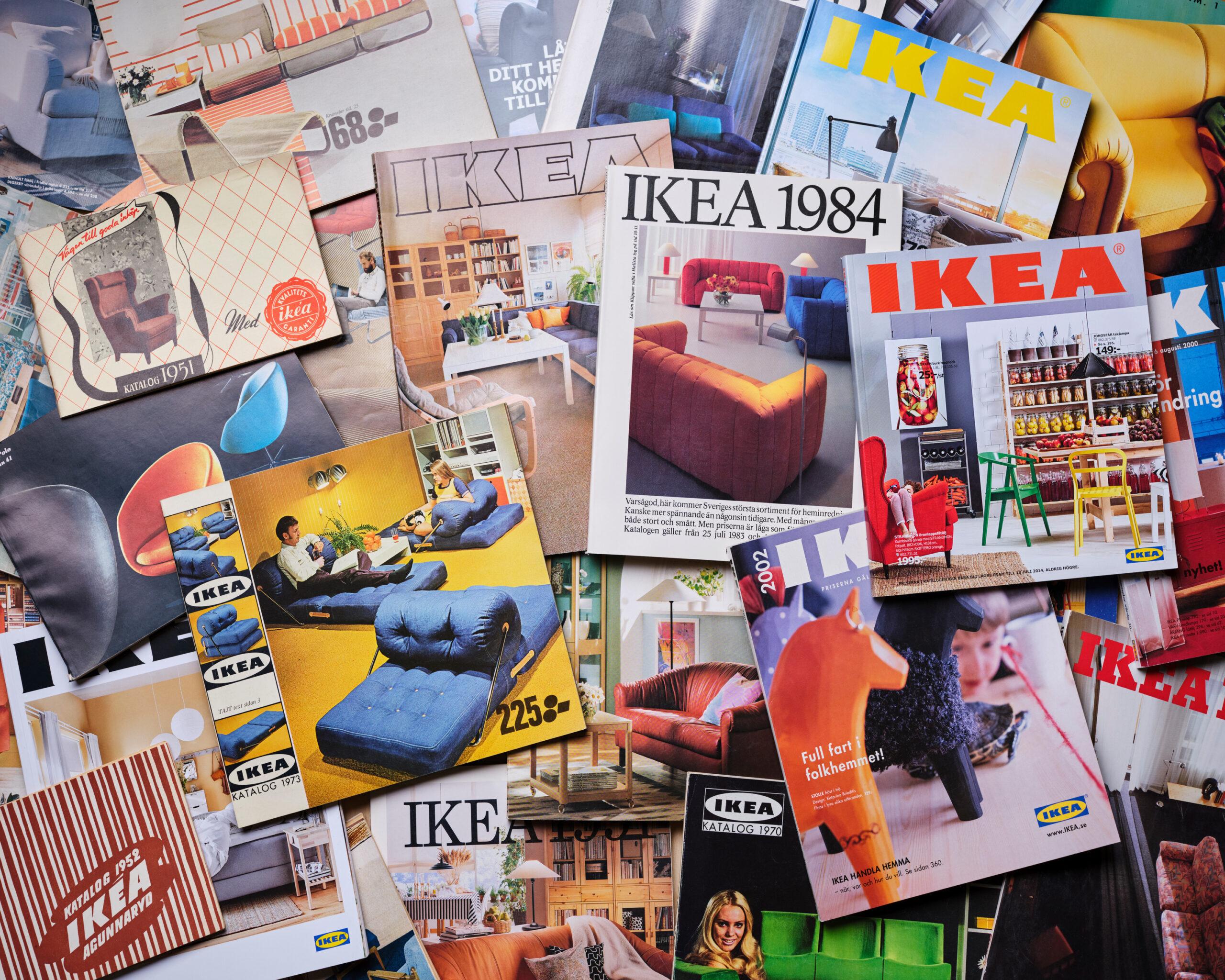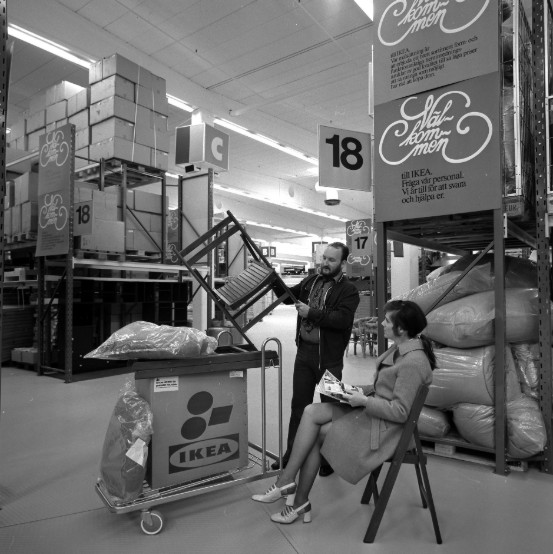IKEA and the flatpack revolution
This is the story of how a Swedish company revolutionised homes with flatpack furniture.
What does IKEA stand for?
In 1943, a 17-year-old named Ingvar Feodor Kamprad (1926–2018) got some money from his father for doing well in school, despite being dyslexic. Kamprad used the money to found a business named IKEA, an abbreviation for Ingvar Kamprad from Elmtaryd, Agunnaryd, his childhood home.
Kamprad was born in 1926 in the Swedish province of Småland, on a small farm called Elmtaryd near the village of Agunnaryd. Many Swedes today will associate that time and rural region with harsher times, when Sweden was agrarian and poor. It was a time of hard work, frugality and egalitarianism – values that would eventually enter the IKEA ethos.
How did IKEA's story begin?
At first, IKEA was a mail order business, and the range consisted of things like pens, watches and nylon stockings. In those days, family members helped run the business. Two years after starting the company, Ingvar Kamprad began using milk trucks to deliver his goods.
In 1948, the company started selling furniture – made by local manufacturers. The same year, the company took on its first employee, a bookkeeper.
Then, in 1955, the established furniture industry initiated a boycott against IKEA, protesting against the company’s low-priced furniture. Many suppliers stopped selling their products to Kamprad's company. This forced the company to start designing their own furniture.
What's the deal with IKEA's furniture names?
- IKEA beds have Norwegian place names.
- Sofas are named after Swedish towns.
- Kitchen tables have Finnish geographic names.
- Chairs mostly have male names.
- Rugs mostly have Danish names.
How did IKEA’s flatpack concept come about?
When the company started making their own furniture, founder Ingvar Kamprad began selling the company's products in flatpack form, from his own warehouses. Thus, the basic IKEA concept – simple, affordable flatpack furniture, designed, distributed and sold in-house – was complete.
The driving idea behind the company was, and is, that anyone should be able to afford stylish, modernist furniture.
How many IKEA stores are there now?
From the small town of Älmhult in south Sweden, IKEA’s business grew. And grew. The company expanded throughout Sweden, to Norway and Denmark, via Germany to continental Europe, and on to the ends of the world. Today, there are more than 480 IKEA stores spread across six continents. Over the last few years, city stores and planning studios in city centres have been added to the 'family'.
Throughout his entire helm at the company, founder Ingvar Kamprad never borrowed money or issued a stock.
Did IKEA's founder Ingvar Kamprad really fly economy class?
Anecdotes about Kamprad abound. When his father complained that Ingvar slept late in the morning, Ingvar supposedly got himself an alarm clock, set it for six o’clock, and yanked away the off button. According to Kamprad, we should all divide our lives ‘into 10-minute units, and sacrifice as few of them as possible in meaningless activity.’
Until his death in 2018, Kamprad continued to travel the world to visit new IKEA stores. He flew economy class, called his employees ‘co-workers’, encouraged everyone to dress informally, stayed in cheap hotels and even replaced bottles from the hotel room mini-bar with cheap bottles bought in local supermarkets. He drove an old Volvo. He gave no interviews.
IKEA's anti-corruption policy
'Trust, respect, integrity and honesty
are essential to Inter IKEA Group. Any
type of corruption is contradictory to
the objective of doing good business.
We have zero tolerance towards
corruption in any form.'
From the Inter IKEA Group code of conduct
Top of the rich list, most likely
Critics of these stories say they seem intended to reinforce the company’s no-nonsense brand and encourage cost-awareness among company staff. They point out that Kamprad may have been the world’s richest man, that he owned lavish houses around the world, and that it would be ludicrous to assume a man of such wealth would not have used any of it for private purposes.
IKEA’s elaborate ownership structure made it impossible to establish just how rich he was, with several offshore trust funds controlled but not strictly owned by Kamprad himself. However, estimates frequently put Kamprad between number 1 and number 11 on the world rich list.

